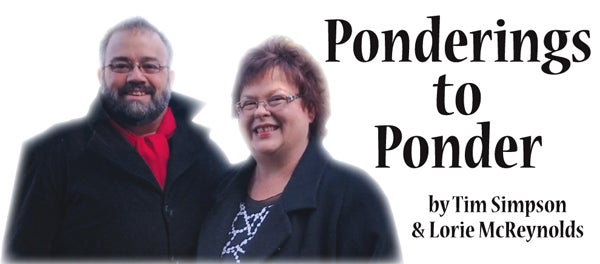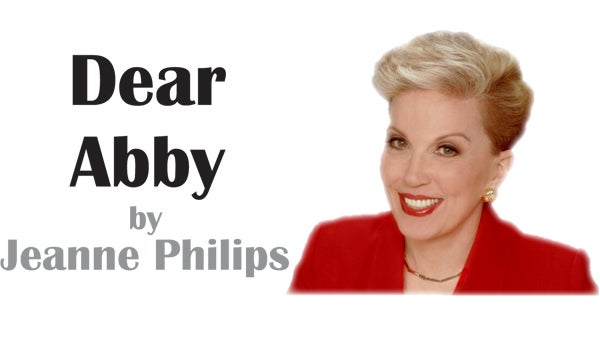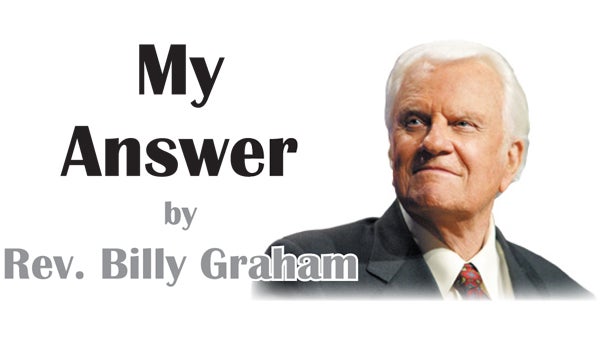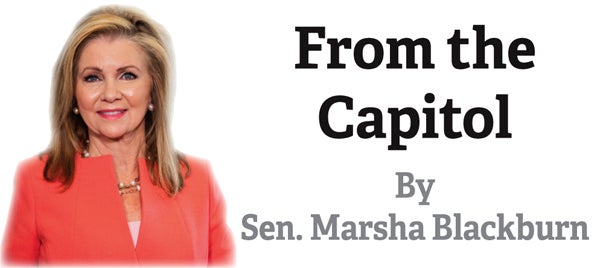What Is a Scottish Clan?
Published 8:08 am Wednesday, July 27, 2022
1 of 2
|
Getting your Trinity Audio player ready...
|
This past weekend Lori and I went to the Celtic annual calling of the Clans gathering at Tipton Haynes Historic Site in Johnson City. If you were not there then you missed a great opportunity. There was free food and lots of fun with an archery clinic in which my son loved learning to shoot a bow. The next event will be in September. For those that love history as much as I do and for those who may night know what a clan is I asked the secretary for the Appalachian Highland Celts to tell everyone what is a clan.
Compiled by Larry Rose
You may have heard this term many times but aren’t quite sure what a Scottish Clan is. Let’s begin with the word clan. According to Wikipedia, clan is derived from the Gaelic word for children or kindred. A clan was headed by a clan chief who was the final authority on all matters including civil disputes, domestic issues, and most importantly, guarding or expanding the clan boundaries. This was a feudal system in which the clan and clan chief had absolute authority and ownership of tracts of land. Often the issue of land ownership and loyalty to the clan chief rather than the king or queen was the source of tension and sometimes war between the monarchy and one or more clans.
Clans typically included people connected by blood heritage and the same surname but it was not limited to them only. As stated in Heraldryandcrests.com, “Clans developed a territory based on the native men who came to accept the authority of the dominant group in the vicinity. A clan also included a large group of loosely related septs — dependent families — all of whom looked to the clan chief as their head and their protector.”
Clans ceased to exist as an authoritarian force in the Highlands of Scotland following the devastating battle of Culloden on April 16, 1746. The British government banned anything associated with the Scottish culture and although such laws were repealed decades later, clans as a feudal and controlling force came to an end.
In the 1800s, there was a resurgence of interest in all things Scottish, including clans, clan tartans, and other symbols. The author and historian Sir Walter Scott romanticized the Scottish culture in his writings and this was further enhanced by the visit of King George IV to Scotland in 1822 and the King’s wearing of a tartan (Wikipedia).
Clans exist today, not as a governing body over groups of people but as societies preserving the heritage, history, and in some cases the property of the clan’s ancestry. Clan Chiefs still serve as figurative heads of their clans and must be approved and appointed by the Lord Lyon King of Arms in Scotland who regulates heraldry in Scotland. Clans and Scottish Societies in the U.S. may establish their own rules regarding membership such as whether it is limited to those who can prove a lineal heritage to clan ancestors or in other cases, open membership to all who are interested in a specific clan regardless of ancestry.






